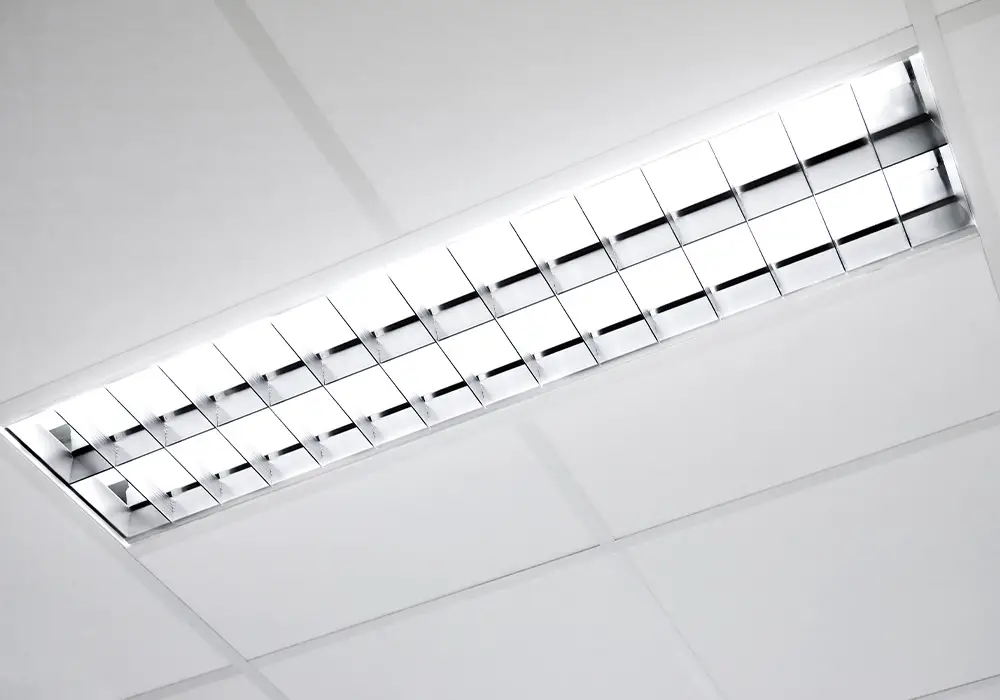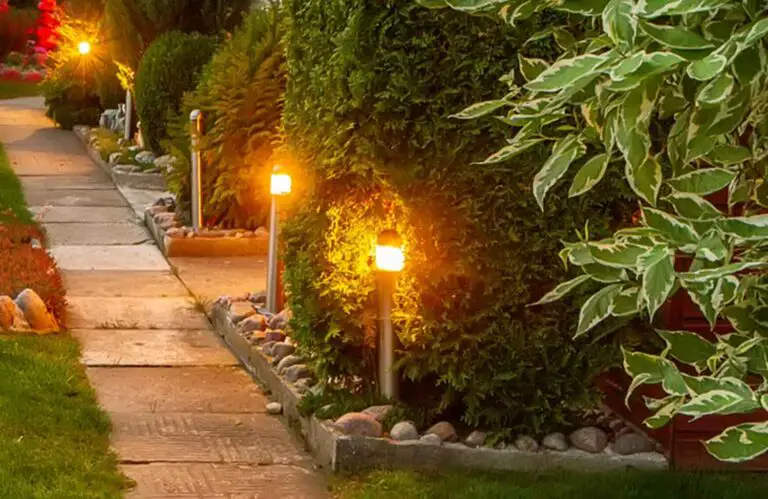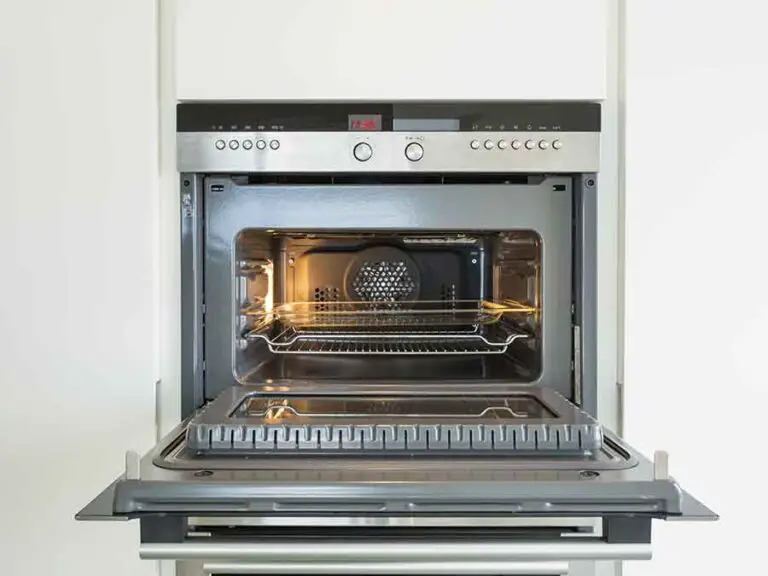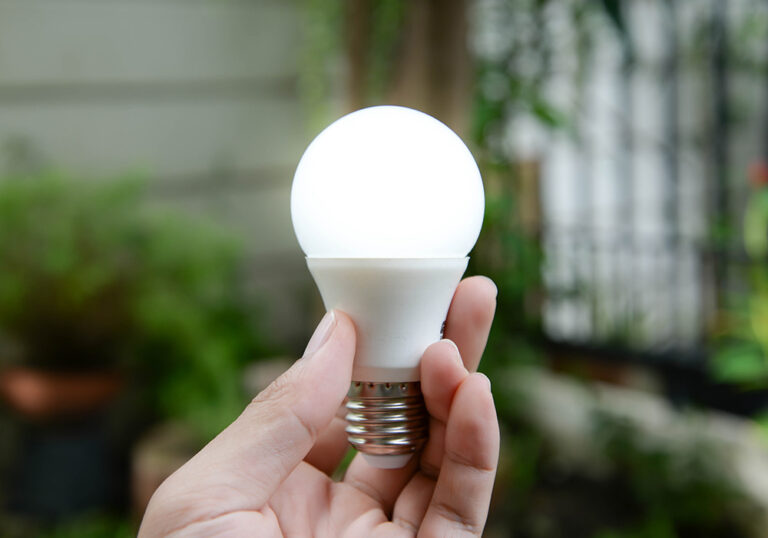Fluorescent Light Not Working: Quick Troubleshooting Guide
Fluorescent lights are a popular choice for many homes and offices due to their energy efficiency and long-lasting performance. However, like any other light source, they can sometimes stop working or show issues like flickering or slow starting. When this happens, it’s essential to know what the problem is and how to fix it to ensure optimal performance and maintain a well-lit environment.
There are several common reasons why a fluorescent light may not work, ranging from a burnt-out tube to loose electrical contacts. Identifying the cause of the problem is crucial in finding the appropriate solution. With a little knowledge and some handy troubleshooting tips, you can quickly diagnose and address the issue, often without the need for professional assistance.
Key Takeaways
- Fluorescent lights are energy-efficient and long-lasting but can sometimes develop issues.
- Diagnosing the cause of a non-working fluorescent light is the first step in resolving the problem.
- Troubleshooting and replacement of faulty components can help restore the light’s performance and prevent future problems.
What is a Fluorescent Light
A fluorescent light is a type of energy-efficient lighting that utilises different technology compared to traditional incandescent bulbs. They work by passing an electric current through a gas, typically mercury vapour, which causes the production of ultraviolet (UV) light. This UV light interacts with the phosphorescent coating on the inside of the bulb, which converts the UV radiation into visible light.

Fluorescent lights come in various shapes and sizes, such as tubes or compact fluorescent lights (CFLs). Both types are commonly used in homes, offices, and other large spaces due to their energy efficiency and long lifespan. These energy-saving lights use up to 75% less energy than incandescent bulbs and can last up to 10 times longer.
One of the benefits of fluorescent lighting is its relatively low heat production compared to incandescent bulbs. This makes them suitable for areas where heat build-up could be an issue. Additionally, the technology used in fluorescent lighting offers an even distribution of light, making the room appear well-lit and reducing the occurrence of shadows.
However, there are a few drawbacks to using fluorescent lights. They contain small amounts of mercury, which means they must be disposed of properly to avoid potential environmental harm. Additionally, their performance may be affected by low temperatures, which can cause flickering or delayed start-up in colder environments.
In summary, fluorescent lights provide energy-efficient lighting solutions that offer a long lifespan and balanced light distribution. However, they do require proper disposal and may face performance issues in colder temperatures.
Common Reasons Why Fluorescent Light May Not Work
Faulty Starter
One of the reasons your fluorescent light may not be working is due to a faulty starter. The starter is a small cylinder, typically located near the bulb, which helps initiate the electrical current necessary for the light to turn on. If your light is slow to start or flickering, there’s a good chance the starter needs replacing. To fix this issue, simply replace the starter with a new one.
Broken Bulb
Another common reason for a non-functioning fluorescent light is a broken or worn-out bulb. Over time, the ends of the tube may darken, indicating that it is defective or nearing the end of its life. To check if your bulb is the problem, turn off the power, then rotate the tube 90 degrees and slide it downwards to inspect both ends. If you find the glass is darkened at both ends, replace the bulb.
Bad Ballast
A bad ballast can also cause a fluorescent light to not work properly. The ballast is responsible for regulating the flow of electrical current to the bulb. A failing ballast may cause the light to flicker, produce a buzzing sound, or prevent the light from turning on at all. If you suspect a bad ballast is causing the issue, you’ll need a professional electrician to diagnose the problem and replace the ballast if necessary.
Electrical Issues
Lastly, electrical issues such as loose wires, blown fuses, or damaged electrical contacts can cause your fluorescent light not to work. Inspect the electrical contacts for any signs of oxidation or damage, and tighten any loose connections. If you’re not comfortable working with electricity or unsure about what to look for, it’s best to consult with a licensed electrical contractor to troubleshoot and repair the issue.
Troubleshooting Fluorescent Light Problems
How to Check the Starter
To check the starter, first ensure you’ve turned off the power to the light fixture. Once the power is off, locate the starter, which is typically found at one end of the fixture or inside the housing. Carefully twist the starter counterclockwise to release it from its socket. Examine it for signs of wear or damage, such as blackened or burnt marks. If you find any signs of damage, replace the starter with a new one of the same type.
How to Test the Bulb
To test the fluorescent tube, switch off the power to the light fixture. Next, rotate the tube 90 degrees until it stops turning, and slide the tube downwards to remove it from the fixture. Check both ends of the tube for darkened glass. If you find the tube is dark at each end, this could signify that it’s either defective or nearing the end of its lifespan, and you should replace it.
Identifying a Ballast Issue
A problematic ballast could be the reason for your fluorescent light not working. Inspect the ballast by first turning off the power supply to the fixture. Carefully remove the protective cover to expose the ballast and wiring. Look for any signs of damage, including blackened areas, leaking oil, or swollen capacitors. If any of these symptoms are present, replace the faulty ballast with a new one of the same type.
How to Detect Electrical Problems
Electrical problems could also be behind a malfunctioning fluorescent light. To identify an electrical issue, first turn off the power supply and remove the light fixture cover. Check the wiring connections for loose or disconnected wires. Additionally, use a voltage tester or a multimeter to test for voltage presence at the fixture’s input. If no voltage is detected or there are loose connections, consult an electrician for further assistance, as this may indicate a more significant electrical issue within your home wiring system.
Replacing Fluorescent Light Components
When dealing with a malfunctioning fluorescent light, there are several components that you may need to replace. This section will cover changing the starter, replacing the bulb, and switching the ballast.
Changing the Starter
If your fluorescent light takes a long time to turn on or only works intermittently, the starter may be the issue. To change the starter, follow these steps:
- Switch off the power to the fixture.
- Locate the starter, which is typically located near the bulbs and has a small cylindrical shape.
- Twist the starter slowly counterclockwise until it comes loose, then gently pull it out.
- Insert the new starter by aligning its prongs with the slots in the holder, then twist it clockwise until it locks into place.
- Turn the power back on to test the light. If it starts normally, the issue is resolved.
Replacing the Bulb
When a fluorescent bulb dims by more than 30%, it’s time to replace it. Follow these steps to replace the bulb:
- Turn off the power switch to the fixture.
- Rotate the tube 90 degrees until it stops turning, then slide the tube downwards.
- Check both ends of the tube for darkened glass. If the tube is dark at each end, it’s either defective or near the end of its life.
- Dispose of the old bulb properly, as it contains mercury vapor.
- Insert the new bulb by aligning it with the fixture and sliding it into place. Then, rotate the tube 90 degrees to lock it in.
- Turn on the power to test the new bulb.
Switching the Ballast
If neither the starter nor the bulb are causing the issue, consider the ballast. To switch the ballast, follow these steps:
- Turn off the power and remove the light fixture cover.
- Disconnect the wires connecting the ballast to the bulbs and the power supply.
- Unscrew or unclip the old ballast from the fixture.
- Place the new ballast in the same position as the old one and secure it with screws or clips.
- Reconnect the wires, ensuring proper colour coding or matching the original setup.
- Replace the fixture cover and turn on the power to test the new ballast.
Remember to switch off the power before working on your fluorescent light and always dispose of the components responsibly.
Preventing Future Fluorescent Light Problems
To prevent future problems with your fluorescent lights, it’s essential to maintain and invest in high-quality components. Here are a few steps you can take to ensure your fluorescent lights continue working efficiently and effectively.
Keep your light fixtures clean: Regularly wiping down your light fixtures with a soft cloth or using a vacuum attachment to remove dust can help prevent dim or flickering lights. By maintaining cleanliness, you’ll avoid any dirt and debris that could potentially affect the performance of your lights.
Invest in quality components: Using high-quality bulbs and ballasts can make a significant difference in the performance and longevity of your fluorescent lighting system. Higher quality components tend to have fewer issues and a longer lifespan, saving you time and money in the long run.
Replace defective tubes promptly: If a tube is darkened at each end, it might be defective or nearing the end of its life. Replacing such tubes can prevent further complications and ensure optimal performance of your fluorescent lighting system.
Check your wiring and connections: Poor connections or faulty wiring can lead to sporadic issues with your lights. Make sure to have a licensed electrical contractor inspect your wiring regularly to fix any issues and prevent future problems.
Consider LED alternatives: Switching to LED lighting may help eliminate some fluorescent lighting issues, as they tend to be more energy-efficient and longer-lasting. This could save you time, money, and the hassle of dealing with common fluorescent light problems.
By following these tips and being proactive in the maintenance of your fluorescent lighting system, you can prevent many issues from arising and ensure the optimal performance of your lights.
Environmental and Cost Implications of Non-working Fluorescent Lights
Non-working fluorescent lights can have several environmental and cost implications. When a fluorescent light stops working, you may not realise that it can still have an impact on the environment and your wallet. Understanding these implications can help you make more informed choices about managing and disposing of non-working fluorescent lights.
One of the main concerns with non-working fluorescent lights is the presence of rare earth elements (REE) in the phosphor coating inside the lamps1. REE contribute to more than 23% of the phosphor composition and have potentially harmful environmental effects as they are unregulated and not well understood1. If not disposed of properly, these elements can leach into the environment, contaminating soil and water sources.
Another issue is the inefficient use of energy resources. When a fluorescent light stops working, it is unable to provide the energy savings it was designed for. Instead, it consumes resources during manufacturing and distribution, potentially leading to increased greenhouse gas emissions and other harmful environmental impacts. Transitioning to more energy-efficient lighting options, such as LED technologies, can reduce energy consumption and lower carbon emissions2.
The cost implications of non-working fluorescent lights can be significant for both businesses and homeowners. Replacing faulty fluorescent lights incurs additional expenses for new lamps and installation. In the long run, switching to more energy-efficient alternatives like LED lighting can save you money on your energy bills and reduce the frequency of replacement due to longer lifetimes3.
When non-working fluorescent lights are not recycled, they contribute to landfill waste and add to disposal costs. Recycling is crucial to reduce the environmental impact of fluorescent lamps; however, recycling rates among countries are often low or even nonexistent1. Increasing recycling efforts can help recover valuable materials, reduce landfill waste, and decrease the overall environmental impact of non-working fluorescent lights.




